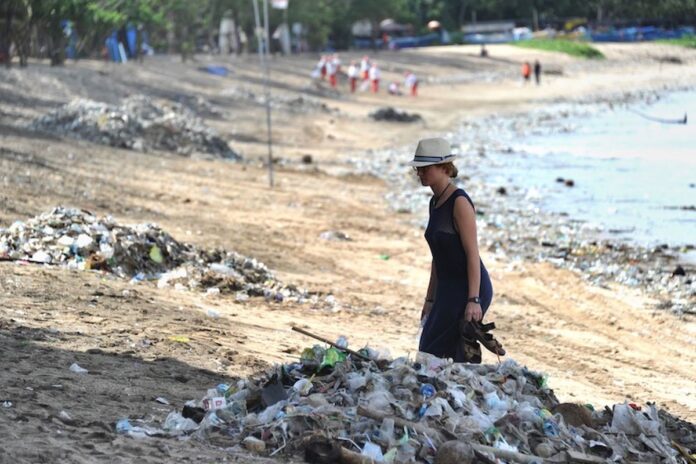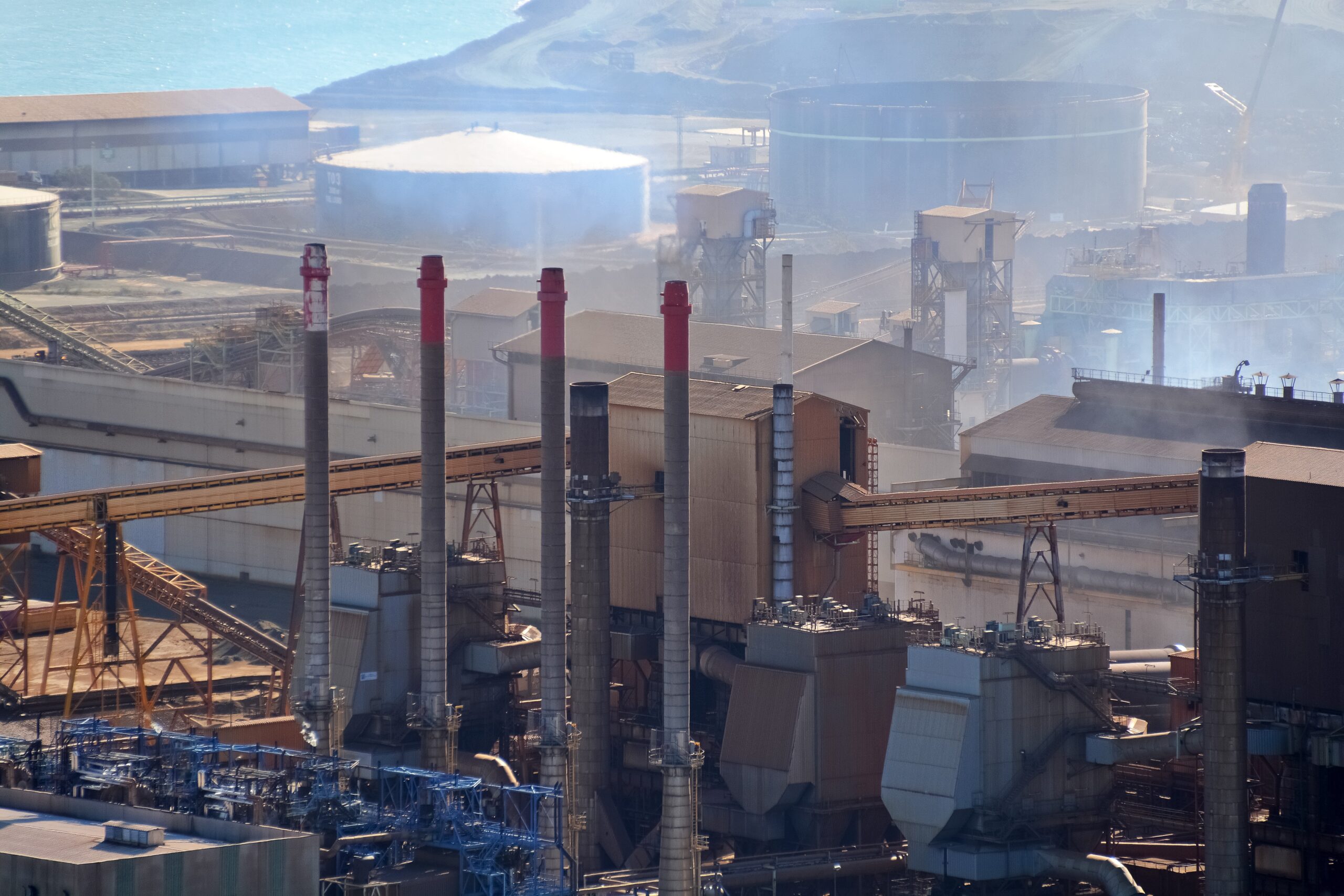Plastic waste has flooded the once pristine beaches of Bali, turning them into garbage-strewn landscapes. Kedonganan Beach in Bali’s popular Kuta area is now covered with discarded plastic bottles, cups, and packaging, brought in mainly from other Indonesian cities by monsoon winds and rain. This environmental issue has sparked frustration among tourists visiting the island.
Indonesia faces a significant marine plastic waste problem, ranking among the world’s top contributors to plastic pollution and marine debris. Channel News Asia (CNA), a Singapore-based media outlet, highlighted the troubling situation, emphasizing the impact of garbage on Bali’s natural beauty.
Photographs depict Kedonganan Beach, a hotspot in Bali’s Kuta region, buried under piles of plastic waste, a stark reminder of the environmental challenges facing the island. Despite Indonesia’s commitment to reduce marine plastic waste by 70 percent by 2025, the reality on its beaches tells a different story.
Local environmental officials, such as Anak Agung Dalem, have urged Indonesians to refrain from indiscriminate littering, emphasizing the need to protect the country’s beautiful coastlines. Efforts to address the issue have involved deploying around 300 personnel and six excavators to clean up the beaches, with support from local NGOs.
Read Also: Bali’s Growing Waste Problem, 50% of Tourist Levy Funds to Be Utilized
For tourists, the sight of beaches covered in plastic waste contradicts the idyllic images often depicted in travel brochures. Some local residents have taken it upon themselves to collect and sort plastic waste for recycling, hoping to mitigate the environmental impact.
Each year, heavy rainfall washes tons of plastic waste from inland areas into the sea, with some debris traveling hundreds of kilometers before washing ashore on Bali’s beaches. The recurring waves of garbage, driven by monsoon winds and rains between November and March, pose a significant challenge for local authorities.
Despite the challenges, many local residents remain optimistic about Bali’s future, believing that efforts to clean up the beaches will restore the island’s natural beauty and attract more visitors. However, authorities caution that addressing the issue will take time and require coordinated efforts from various stakeholders.
Tourists are encouraged to be patient as authorities work to clean up the beaches, understanding that the problem of marine plastic pollution extends beyond Bali’s shores. With collective action and environmental stewardship, Bali’s beaches can once again become havens of natural beauty for locals and visitors alike.























